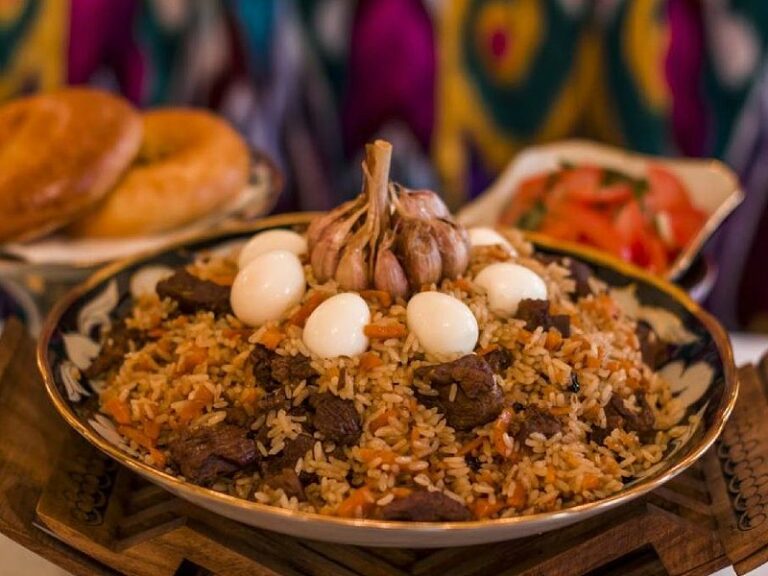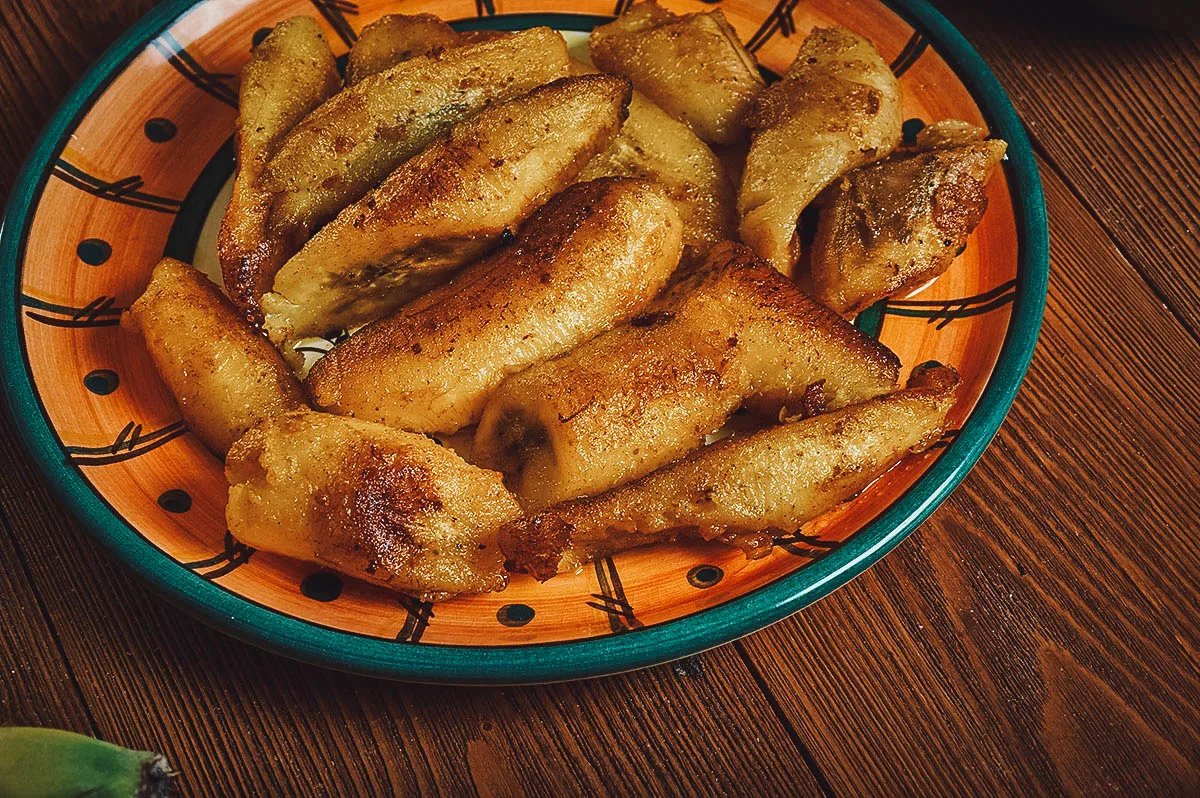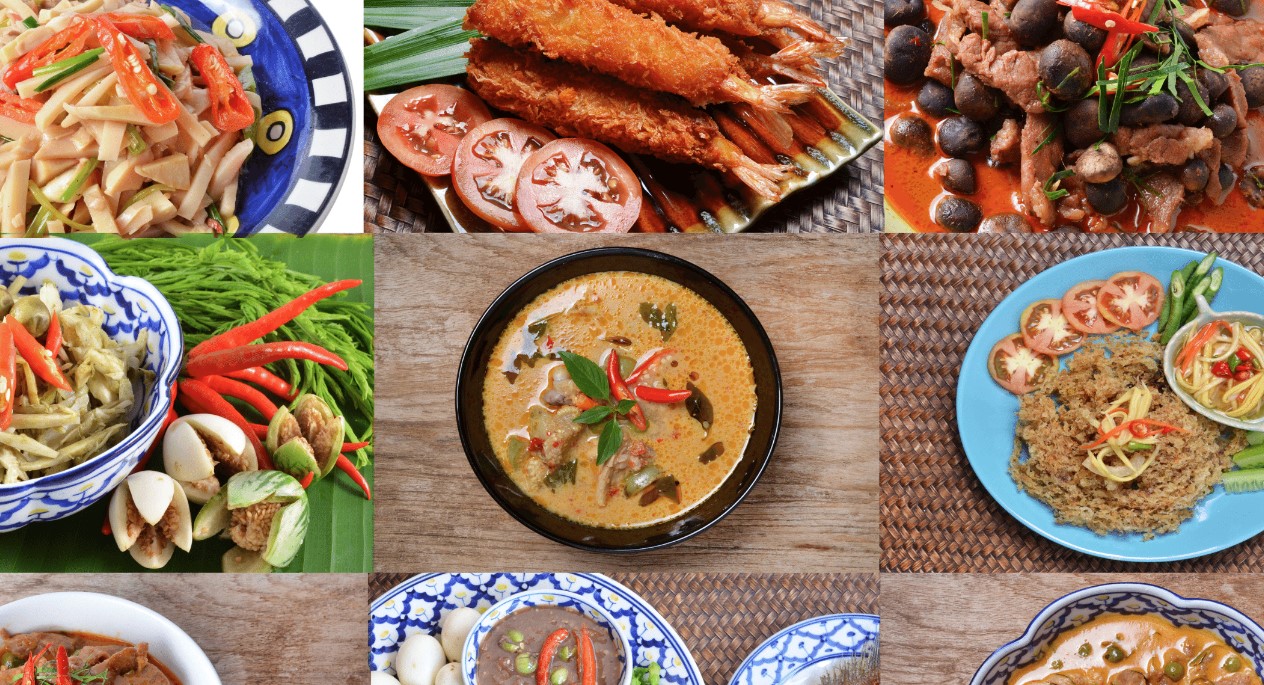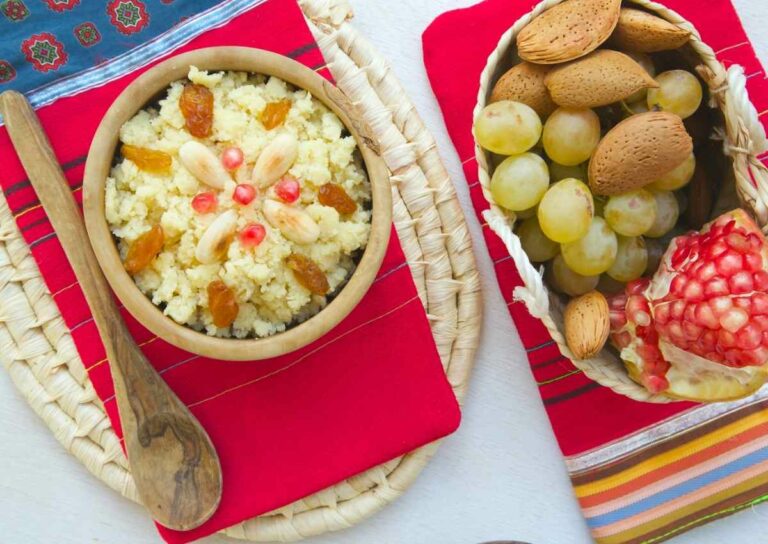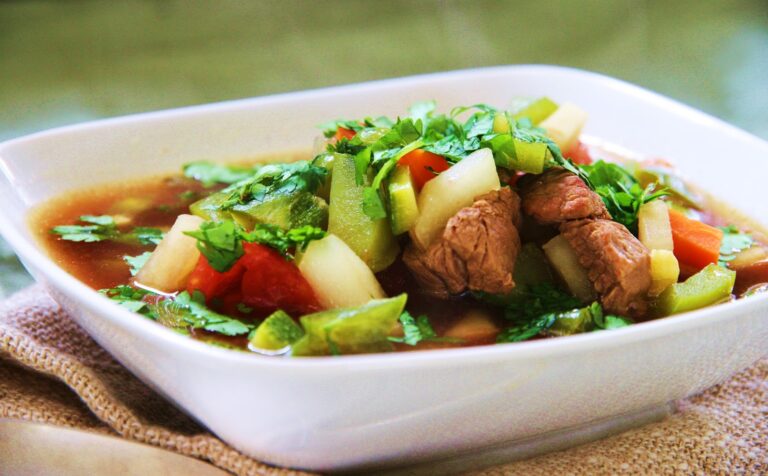Introduction: Tajik Cuisine
Tajik cuisine is a fusion of the flavors and traditions of Central Asia and Persia. It is characterized by its simplicity and use of fresh, high-quality ingredients. The cuisine emphasizes the use of grains, vegetables, and meats, flavored with a variety of herbs and spices. Tajik cuisine is known for its rich, aromatic taste and is a source of pride for the people of Tajikistan.
Popular Tajik Spices
The use of spices is a crucial element of Tajik cuisine. The most commonly used spices include cumin, coriander, turmeric, cinnamon, and paprika. These spices add a deep, complex flavor to dishes and are often used in meat-based dishes, such as kabobs. However, they are also used in vegetarian dishes, such as the popular tomato and onion salad known as achichuk.
Tangy Tajik Sauces
Tajik cuisine is known for its tangy, flavorful sauces. One of the most famous sauces is achichuk, a tomato and onion-based sauce that is served with almost every meal. Another popular sauce is yogurt sauce, which is made from yogurt, cucumber, and fresh herbs. It is commonly served with grilled meats, pilaf, and salads. Tajikistan is also home to a variety of chutneys and pickles, which are used to add flavor and texture to dishes.
Must-Have Tajik Condiments
Condiments are an essential part of Tajik cuisine, and the most common condiments include salt, pepper, and vinegar. However, there are also a few must-have condiments that are unique to Tajikistan. One of these is kurt, a type of dried cheese that is often used as a seasoning for salads and soups. Another must-have condiment is qurut, a type of dried yogurt that is commonly used in soups, stews, and sauces.
Exotic Tajik Seasonings
Tajikistan is home to a variety of exotic seasonings that are not commonly found in other cuisines. One of these is sumac, a tangy spice that is made from dried berries. Sumac is often used in marinades, salads, and meat dishes. Another exotic seasoning is nigella seeds, which have a slightly bitter taste and are used to flavor bread, stews, and curries.
Conclusion: Tajik Flavor Profile
Tajik cuisine is a unique blend of flavors that reflects the traditions and customs of Central Asia and Persia. The use of fresh, high-quality ingredients, spices, and sauces creates a rich, aromatic taste that is sure to delight the taste buds. Whether you are a fan of tangy sauces, exotic seasonings, or must-have condiments, Tajik cuisine has something to offer for everyone.

